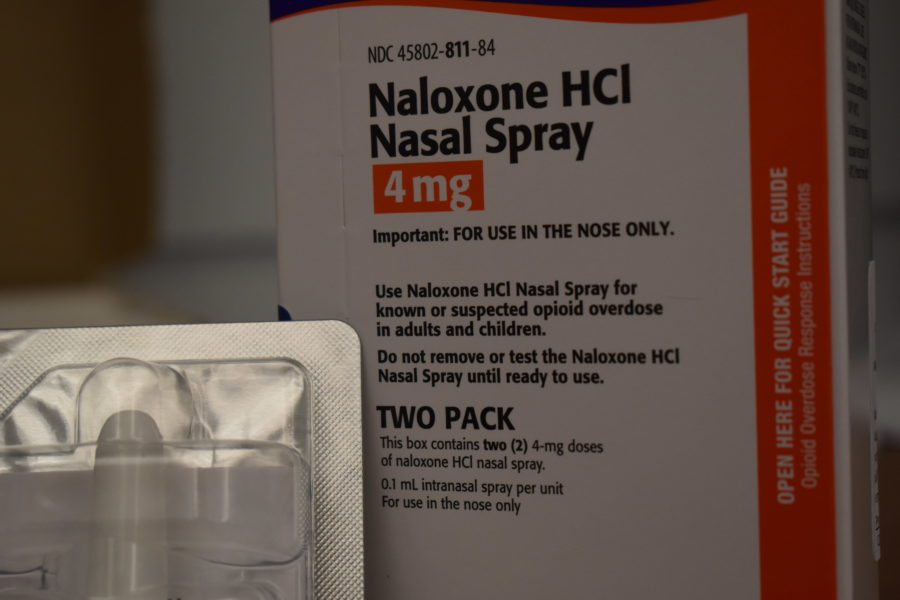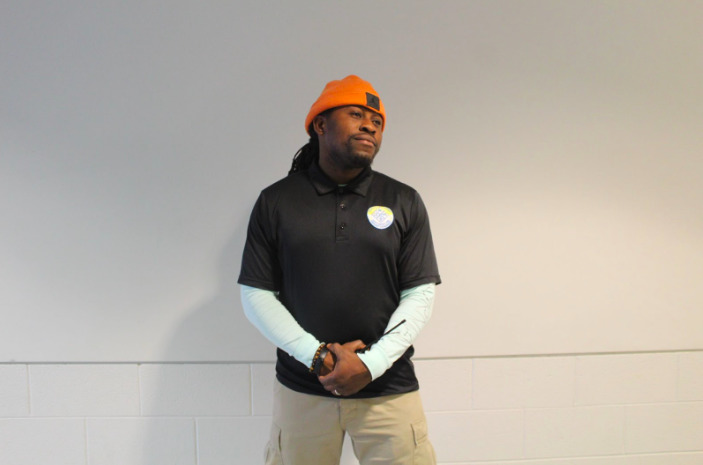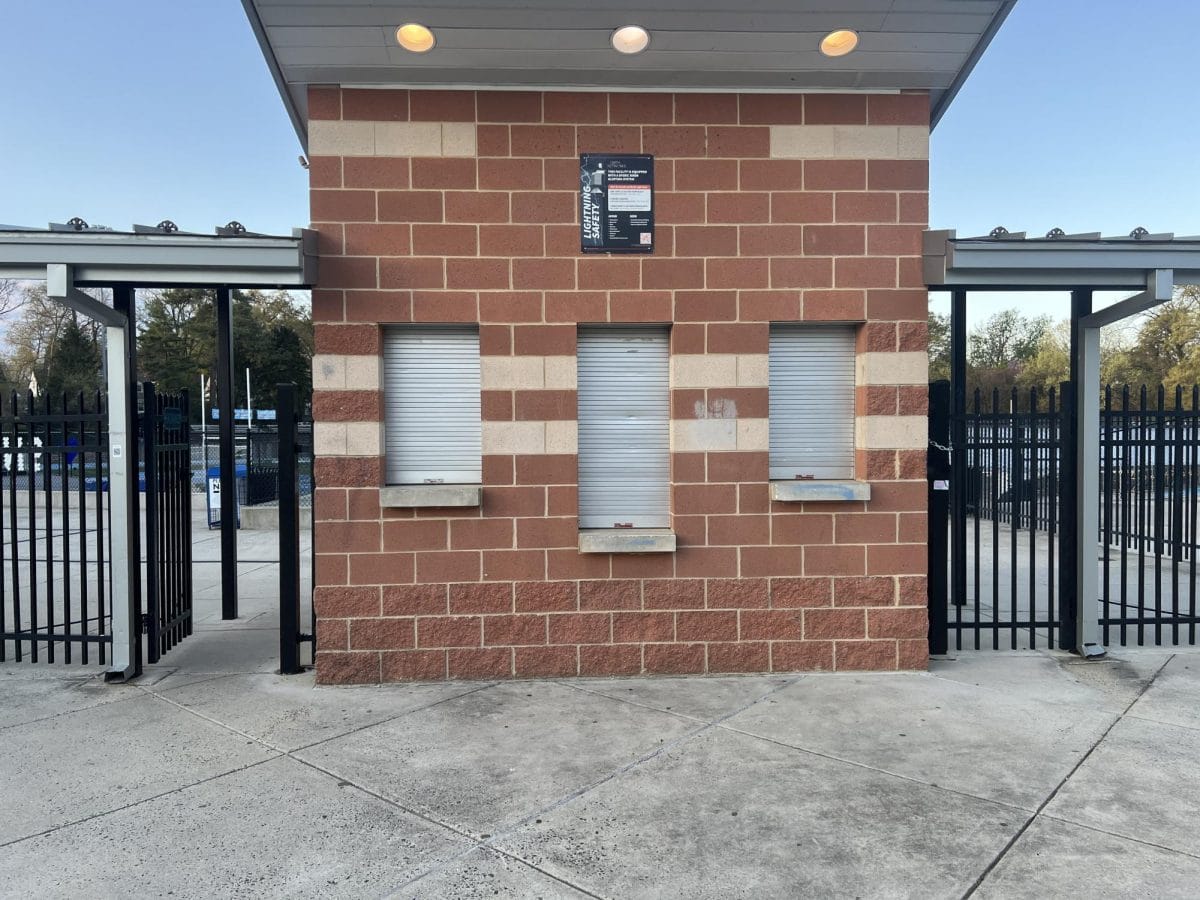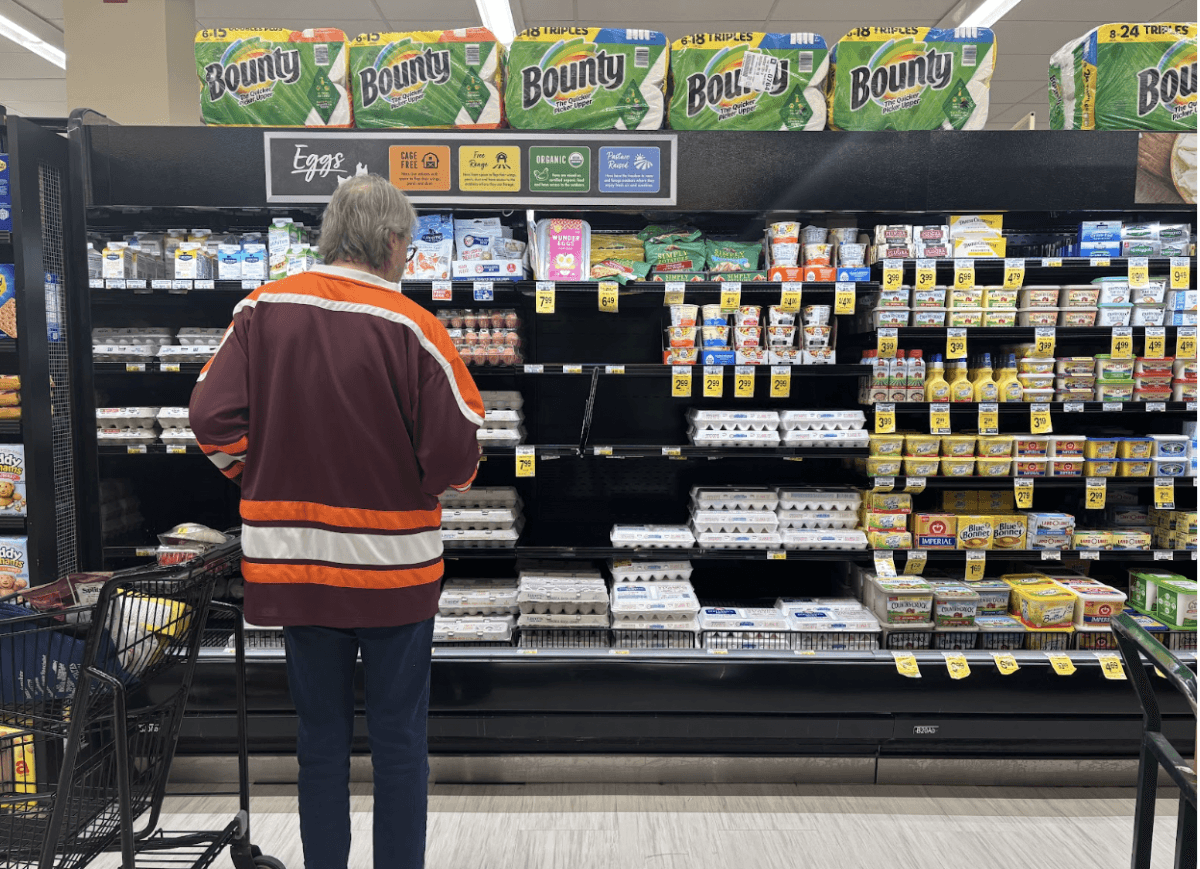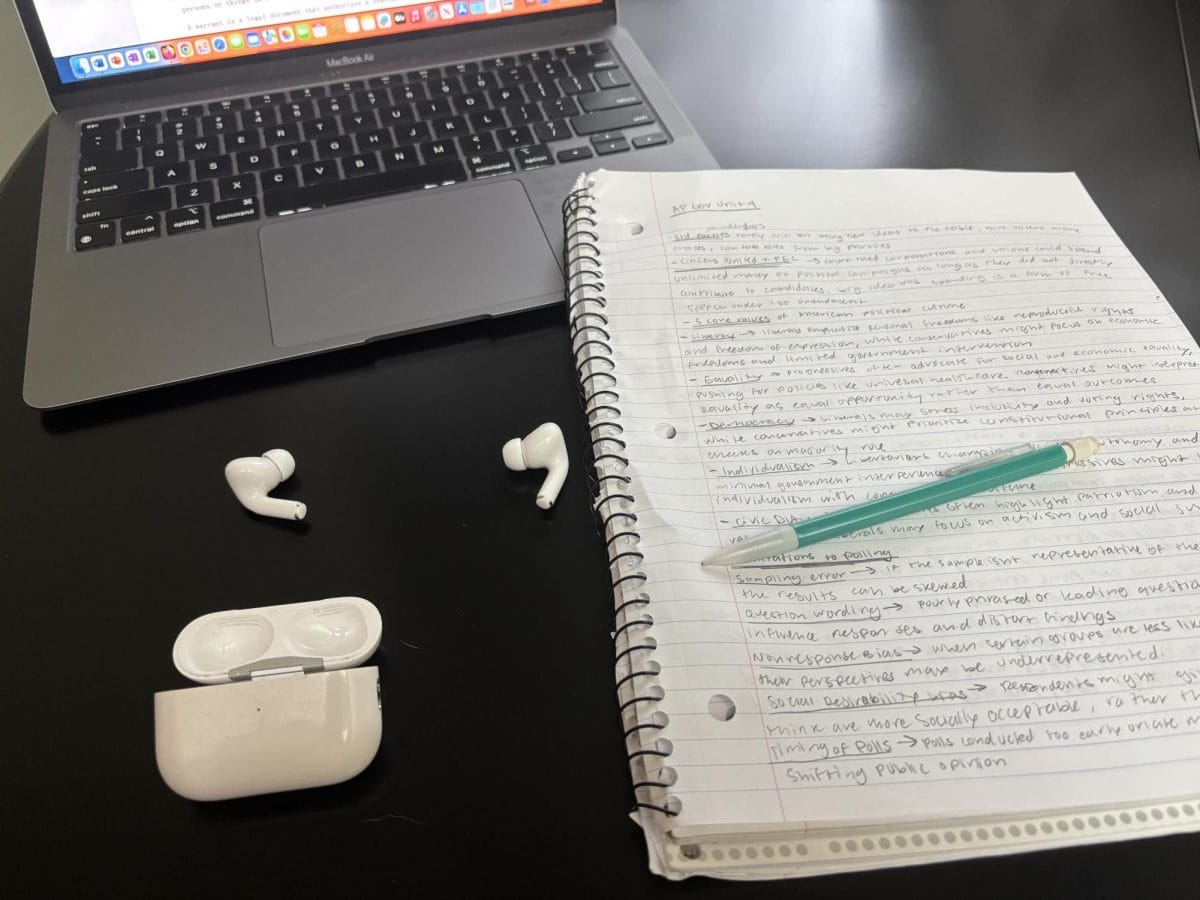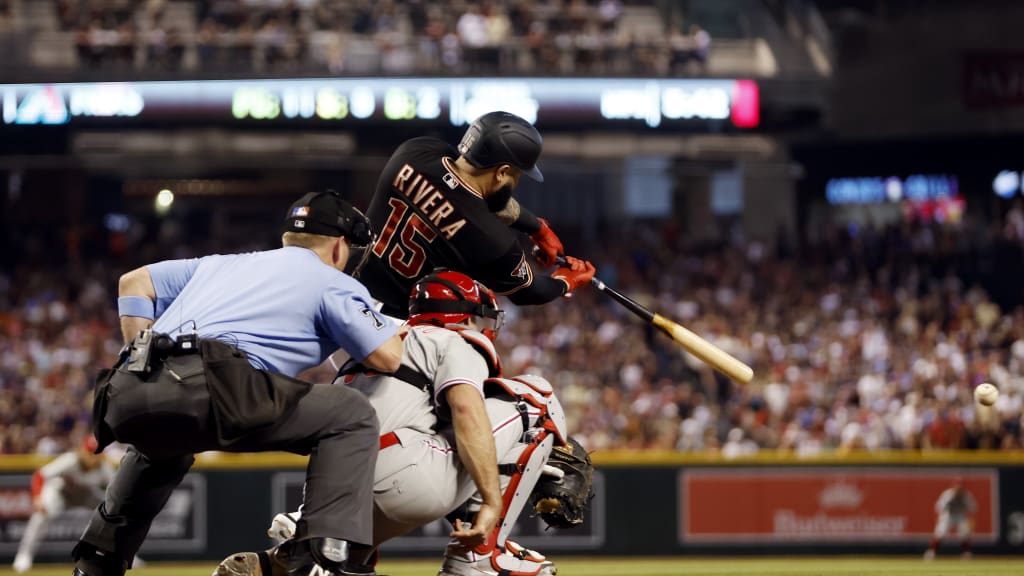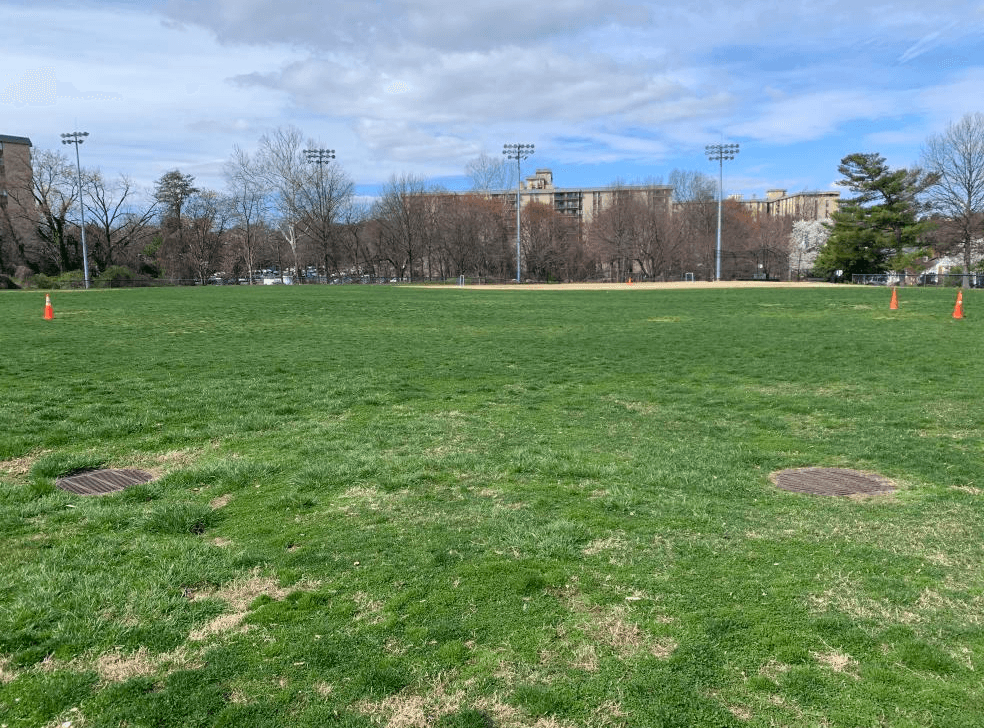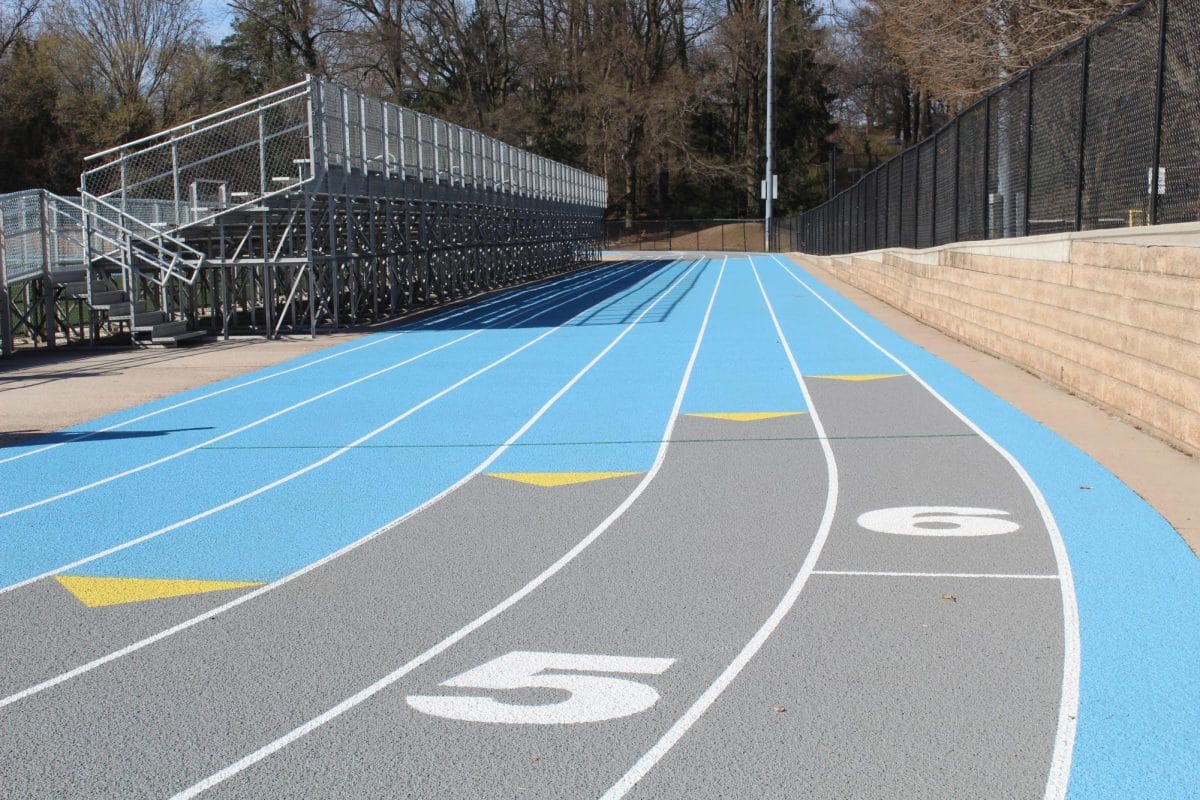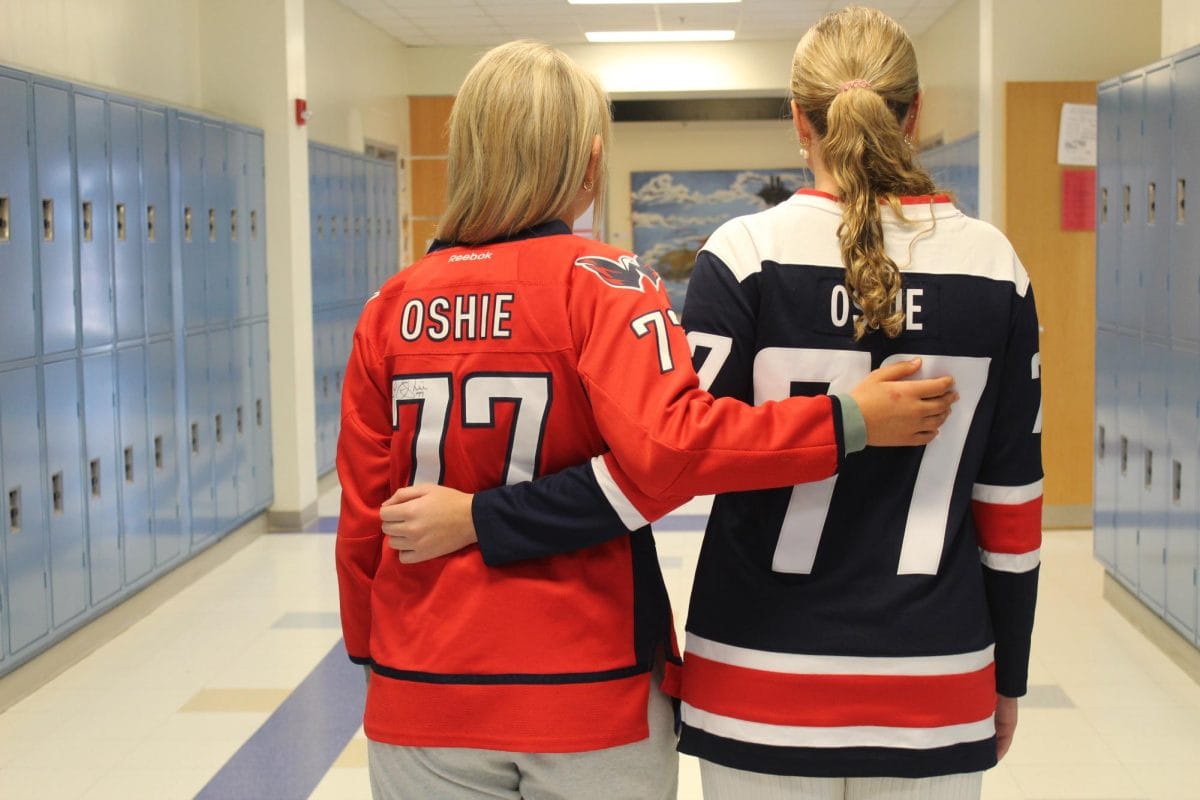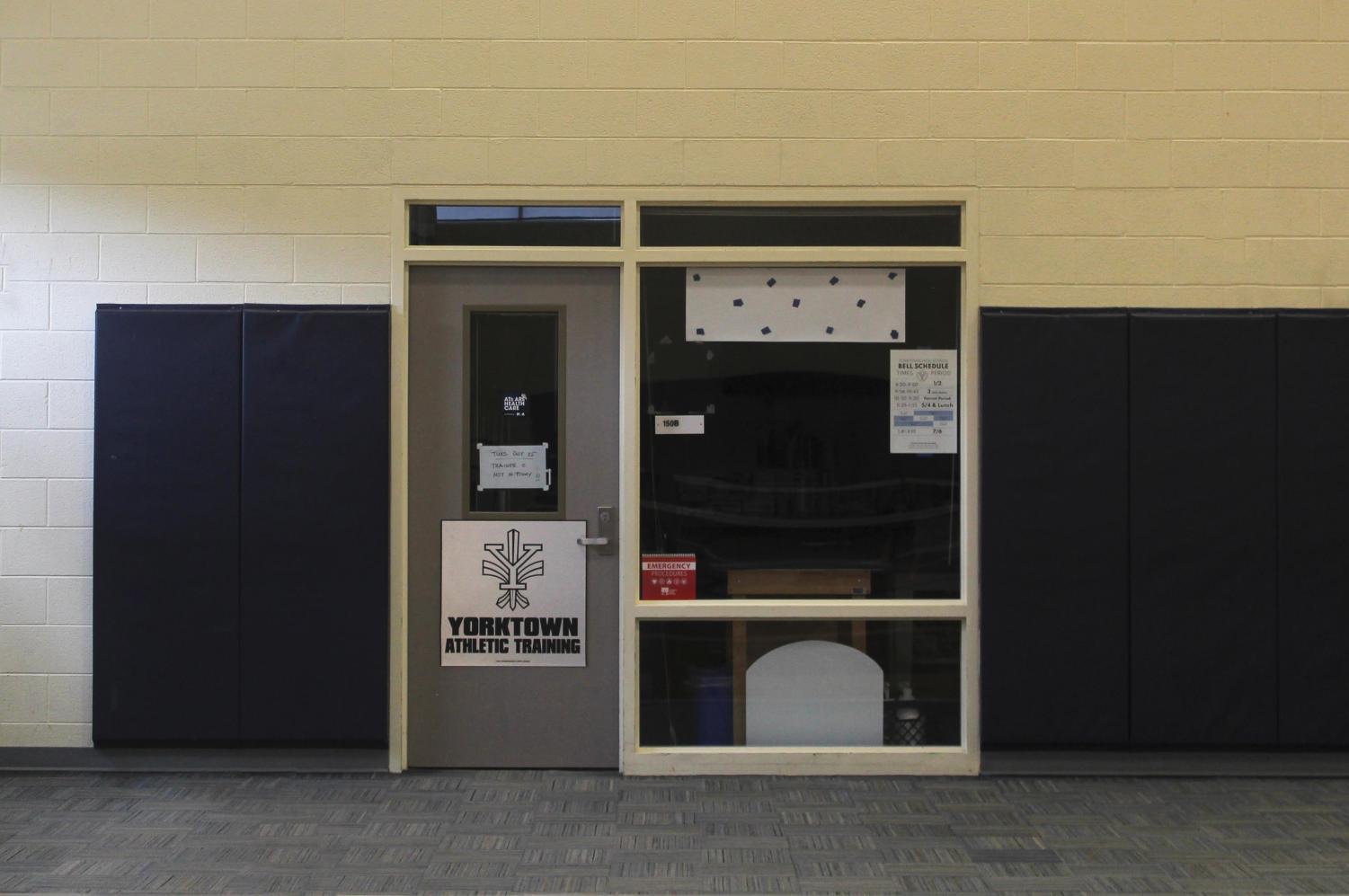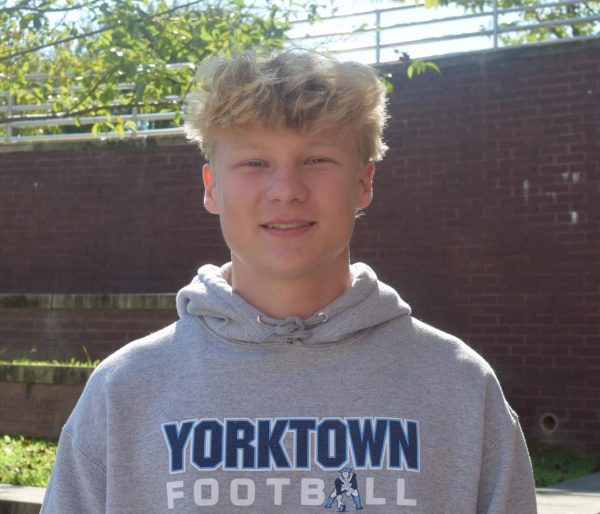Concussions are an unfortunate side effect of the game of football. Every year during our school’s football season, there are numerous players affected by them. Luckily, there is a thorough protocol to evaluate players after these injuries occur.
“The standard course of action is three days off. After that, you’ll have another three days coming back into practice. On the first day, you’ll run on the track. During the second day, you’ll do some running drills during practice, and on the third day, you’ll do low level contact. If you’re still still feeling the concussion after the third day, you’ll keep going [with less contact] until you feel you’re back to a hundred percent,” Senior Defensive Lineman Josh Eckrote said.
The person overseeing this protocol is team trainer Lanay Burke. Burke is a well seasoned trainer and works tirelessly to prevent these serious injuries which are unfortunately part of the sport.
Recently in the National Football League, Miami Dolphins Quarterback Tua Tagovailoa had a series of major concussions and injuries that could greatly affect his playing career and life as a whole. The effects of this are unknown but are decidedly not good for his long term health and well-being.
Concussions like the ones suffered by Tagovailoa have severe consequences and could end a player’s career. Harsher or repeated incidents of brain trauma can lead to permanent brain damage. Later in life, these injuries can alter personality and cause conditions like Parkinson’s and Alzhiemers.
More locally, players who suffer severe concussions work with doctors and team trainers to evaluate their recovery time.
“I had to go to a doctor, and her recommendation is what [Burke] will ultimately go with. My doctor said you have to wait for five days and [Burke] followed it and had me wait five days to return,” Eckrote said.
Even with these advanced protocols, there is talk about some players returning to play when they have not fully recovered.
“[At other schools, players] come back not a hundred percent. That’s when really big blackouts happen, and that’s when you faint, and you will not know where you’re going. You’re kind of just lost, and you never really know what’s happening,” Ekcrote said.
For the players, sitting out can be frustrating, but waiting to recover is the only safe option.
“I didn’t have any input [into my recovery time], but since [Burke] said it was not safe to play, I really didn’t want to put myself at risk,” Sophomore Fullback Jordan Romero said.
From a coach’s perspective the number one priority is safety.
“The rule of thumb is when in doubt sit him out. If I see a guy take a hard hit, immediately I’ll take him out,” Junior Varsity Head Coach Evan Ruffner said.
Another tool which is used in the event of a concussion is the Impact Test. The test is taken by players prior to the start of the season and creates a baseline to determine if a player is concussed.
“If your scores are lower than what your original score was [on the Impact Test], then that’s a sign you are concussed. In order for you to return, you must be able to take that Impact Test and score at or above where you previously scored. [Once achieved] your timeline actually starts for you to return to play,” Ruffner said.
Even with these tests and protocols, prevention is always a better option for the players and coaches than the stringent process for recovery.
“Recently, we’ve gotten better helmets (….) They’re designed to absorb some of the hits. Most skill players wear those helmets (a couple of linemen), but overall I feel like I’ve seen less concussions over the years,” Eckrote said.
Other prevention strategies include limiting the amount of contact in practice which has already been implemented and used throughout the sport.
Even though football comes with risks, our school’s program has been working around the clock to protect and prevent players from head trauma.
“I know we do our part here at Yorktown as best as we possibly can to keep our players safe,” Ruffner said.








